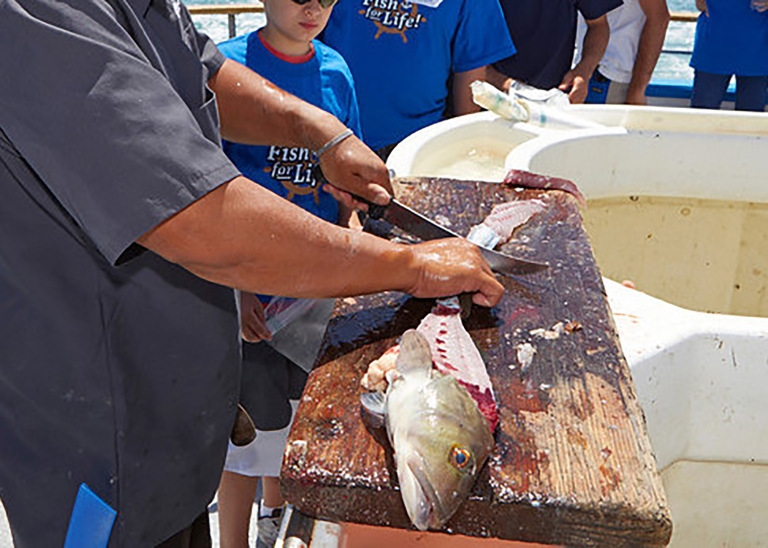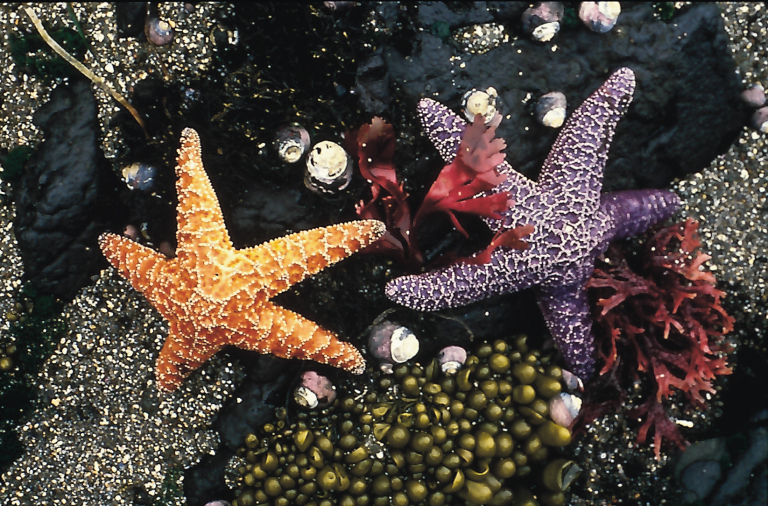Fish Report for 5-11-2017
Fish Carcasses for Bait?

by Carrie Wilson
5-11-2017
Website
Question: I recently went deep sea fishing and was wondering if the carcass and/or leftovers of fish caught could be used as bait? I cleaned the fillets today and thought that the skin left attached for identification purposes could be frozen and taken back on a future trip to use as an additional attraction attached to my jigs. The head and body after being filleted might also make for good bait. Are either or both of these ideas legal? I know that crab fishermen often use fish carcasses for baiting their traps, but then I also know of others who have been cited for baiting with fish carcasses. What do the regulations say? (Mark B.)
Answer: Generally in ocean waters, if a fish can be legally possessed, it can be used for bait. You may use rockfish carcasses for crab bait, but there are some situations you need to watch out for.
To eliminate any questions or confusion when you go out crabbing and fishing for rockfish, set your crab traps baited with rockfish carcasses first. Then, at the end of the day when you are returning with limits of rockfish, you can pull your crab traps and discard the used rockfish carcasses before returning to port. Otherwise it may look as though you went out and caught a limit of rockfish to use as crab bait and then continued to catch another limit of rockfish to take home. People have been caught and cited for doing this.
Also, make sure that any fish carcasses you use are from fish that are legal to possess. Many crab fishermen get cited because the carcasses they are using are from undersized salmon, lingcod, cabezon, greenling or other fish with size limits, or from cowcod, canary, yelloweye or bronze-spotted rockfish or other restricted species. They may tell their friends they got cited by the warden for using a fish carcass as crab bait, but the real story is that they got cited for the illegal take and possession of restricted fish.
Following the trout planting schedule?
Question: When the trout planting page on your website says plants will occur the week of any Sunday, does that mean the plant occurred in the week before or will occur the week following that Sunday date? Thanks for all of the help for sportsmen in California. (Robert G.)
Answer: When you see this message, it means that those waters are scheduled to be planted some time in that upcoming week (meaning following that Sunday). To learn more about the California Department of Fish and Wildlife’s (CDFW) fish hatchery program and to view the upcoming trout planting schedule in waters throughout the state, please visit our website.
How to lose big game preference points?
Question: I have accrued several preference drawing points over the past years for various species. If I don’t put in for the preference points every year, do I lose all of those that I currently have accrued? (Dick D.)
Answer: No, accumulated preference points are zeroed out if you do not participate in the drawing for that species for five consecutive years. A missed application deadline is considered as not applying. In addition, you can also lose accumulated preference points for each of the species in the following manner:
• Deer – when you are drawn for a premium deer tag as your first choice
• Elk, Pronghorn Antelope and Bighorn Sheep – when you are drawn for and pay for the tag.
Rockfish size and possession limits?
Question: Is there a size limit for rockfish in California? Also, are lingcod counted in the 10 RCG Complex bag limit? (John S.)
Answer: No, there are no size limits or fillet limits for any rockfish species. Lingcod are counted OUTSIDE of the RCG Complex bag limit of 10 Rockfish, Cabezon and Greenlings in combination. The bag limit for lingcod is two fish per day/in possession. You can find this information in the current Ocean Sport Fishing regulations booklet, in groundfish tables toward the front of the booklet, and online.
Crab pot line length suggestion?
Question: Is there a regulation or suggestion regarding length of line for a second buoy for crab pots? Many individuals add a second buoy that is attached to the main buoy to make it easier to grab the line to hoist the pot. My impression is that this line should be about four to six feet long. I have seen the second buoy line very long such that it could be caught in the boat’s prop very easily. (Ken H., Santa Rosa)
Answer: There are no regulations regarding trailer buoy length at this point in time. My best advice would be to check out this “Best Practices Guide” website.
Carrie Wilson is a marine environmental scientist with the California Department of Fish and Wildlife. While she cannot personally answer everyone’s questions, she will select a few to answer each week in this column. Please contact her at [email protected].
More Reports

5-4-2017
Question: I am an artist and my medium is to work with natural items I find in nature. I was...... Read More
Coast Guard continues to monitor sunken barge near Bay Bridge
San Francisco Bay
5-2-2017
A unified command comprised of the U.S. Coast Guard, California Department of Fish and Wildlife’s Office of Spill Prevention and...... Read More

Website Hosting and Design provided by TECK.net